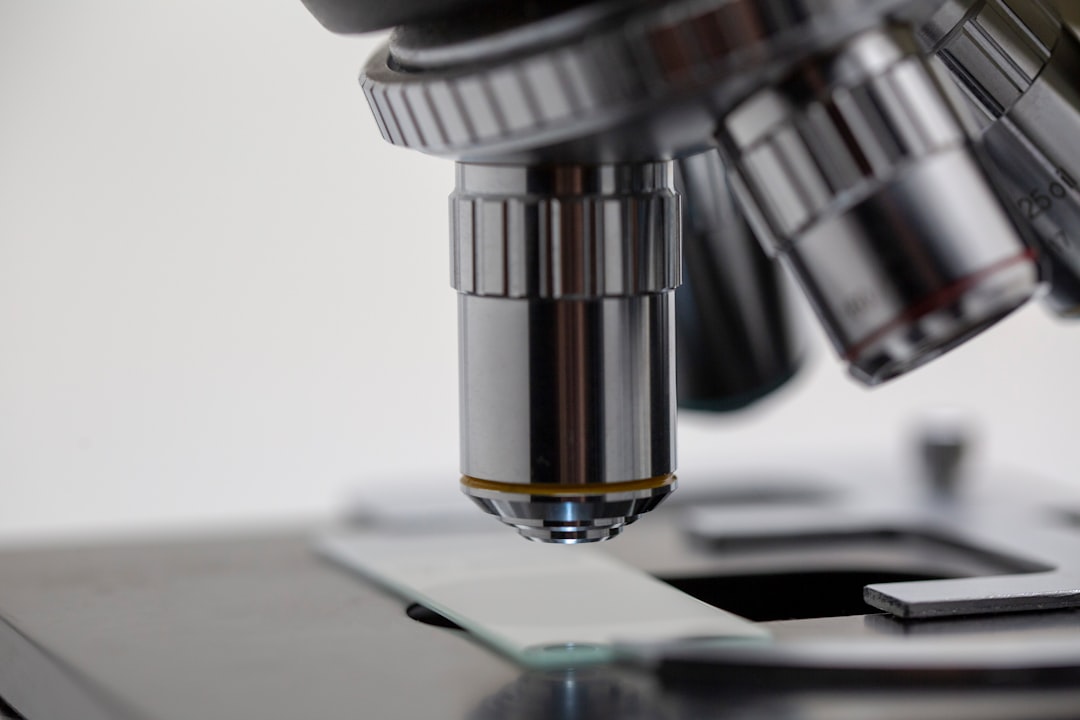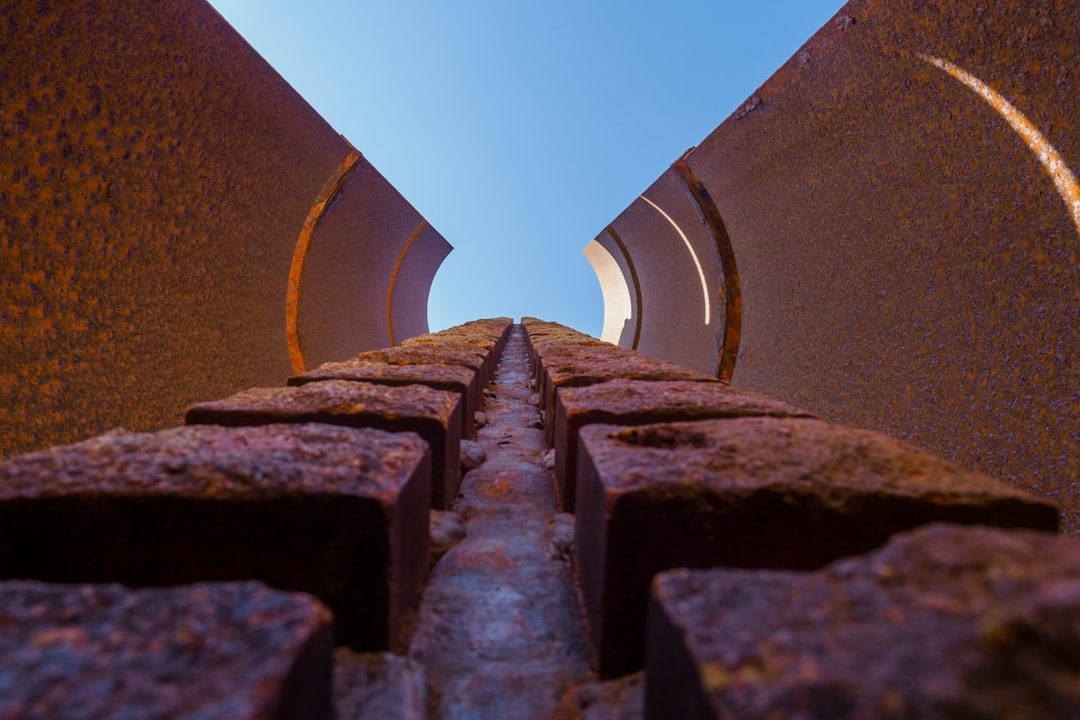What is it about?
Calcareous sand is widely distributed on the continental shelf and along the coast and has a low mechanical strength and a high compressibility. The use of biostimulation to activate and enrich ureolytic bacteria induces mineralization to strengthen calcareous sand and has the advantages of being environmentally friendly and less expensive than alternatives. In this study, reinforcement tests and evaluations of calcareous sand columns were carried out to study the effects of different biostimulation schemes on reinforcement. First, six different biostimulation schemes were used to stimulate and enrich ureolytic bacteria in calcareous sand, and the number of bacteria, pH and urea concentration in the sand columns were biochemically monitored. Then, calcium ions were introduced into the sand columns to induce calcium carbonate precipitation. Finally, the reinforcement effect was evaluated according to the results of mechanical property tests, including mineralization product detection and microbial community change analysis, of the calcareous sand. The results show that (1) the concentrations of yeast extract (YE) and NH4Cl in the biostimulation scheme can significantly affect the stimulation results, in which the best conditions are a YE concentration of 0.2 g/L, an NH4Cl concentration of 100 mM and an initial pH value of 9.0, and (2) the greater the content and distribution of newly formed calcium carbonate in calcareous sand is, the better the reinforcement effect is. In addition, biostimulation changed the microbial community composition in the calcareous sand, making ureolytic bacteria the new dominant population, which is more conducive to urea decomposition and calcium carbonate formation.
Featured Image

Photo by Paul Postema on Unsplash
Why is it important?
New method for MICP.
Perspectives
well
shiyu liu
Read the Original
This page is a summary of: Evaluation of Biostimulation Efficacy on the Reinforcement of Calcareous Sand, Journal of Testing and Evaluation, January 2021, ASTM International,
DOI: 10.1520/jte20200495.
You can read the full text:
Resources
Contributors
The following have contributed to this page










